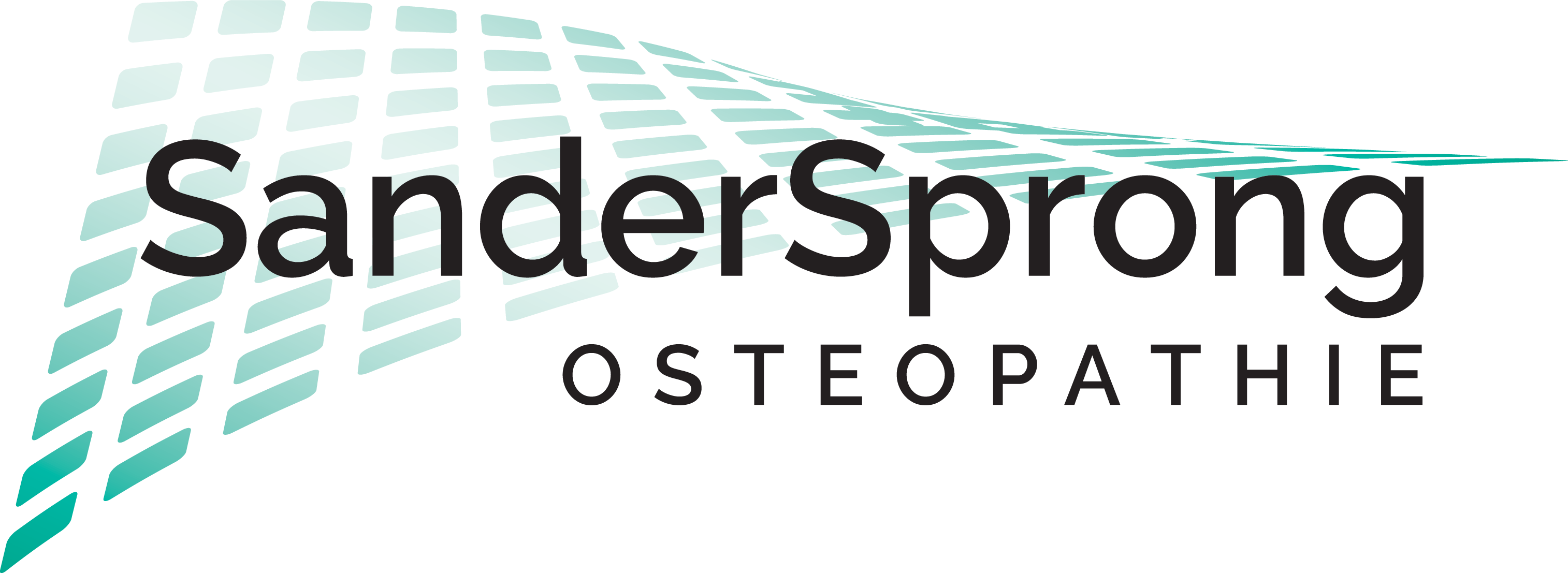A question frequently asked: what is the difference between osteopathy and manual therapy? What about physical therapy?
Physical therapy first, and then?
When someone suffers from musculoskeletal problems (e.g., back, arm or leg), their first call will usually be to a physical therapist, with or without a referral from their primary care physician. This often leads to relief as well. However, when there are no or insufficient results from physical therapy, where does one go? When searched further, there are several forms of manual therapy, all of which, by the way, are considered alternative medicine:
- The orthomanual physician: after training as a primary physician, there is the two-year course in orthomanual medicine.
- The chiropractor: No basic (para)medical training is required; one completes a full-time 5-year course.
- The manual therapist: after physical therapy training, one takes the 4-year part-time course to become a manual therapist.
- The osteopath: after a preliminary (para)medical education, usually physical therapy, one follows a 6-year part-time training program to become an osteopath.
What are the differences between osteopathy and manual therapy?
So what is the difference between osteopathy and manual therapy? The major difference lies in the fact that the osteopath does not, as with the other manual medicine methods mentioned above, examine and treat only the mobility of the musculoskeletal system. The mobility of the organs and the so-called craniosacral system are also examined. In this way, the body as a whole is examined, and osteopathy may be able to relieve symptoms that were unaffected or underserved by the other disciplines.
What I regularly see in practice is that one has already been manipulated (“cracked”) several times by a chiropractor or manual therapist/physician, for example. This then provides relief for some time, but in some cases the pain or stiffness does return over time. The tendency is to then just crack down again, sometimes every week or even several times a week. But apparently, the stuck vertebra is not the cause, otherwise the problem would resolve itself through a manipulation or mobilization technique.
Osteopathic examination in such a case often reveals that the spinal blockage is not the cause, but a consequence of another problem. And that problem can be located either in the organs, or in the craniosacral system, or in some other part of the musculoskeletal system.
This means that if I get someone into my practice who has already been manipulated a few times, another manipulation of the spine would not be my first choice. During the initial consultation, it is then important to see what is causing the stuck vertebra. Only when that cause is found and eliminated can the spinal blockage resolve itself, or eventually be permanently lifted with a final mobilization technique.


